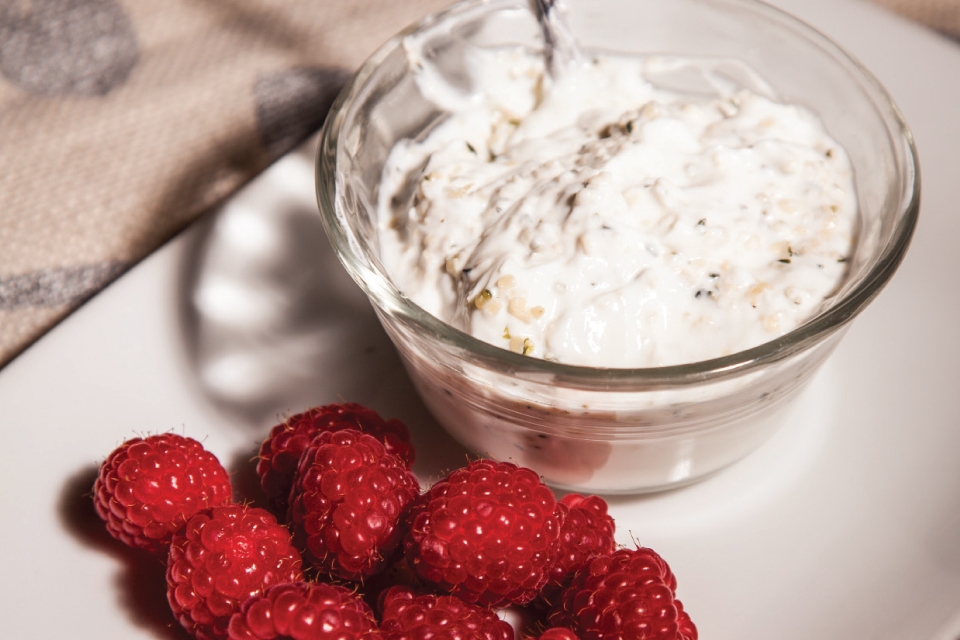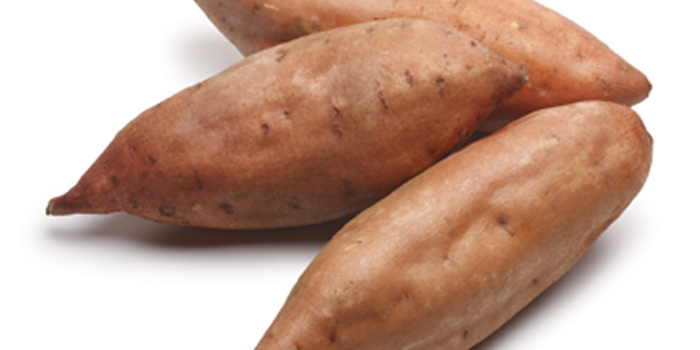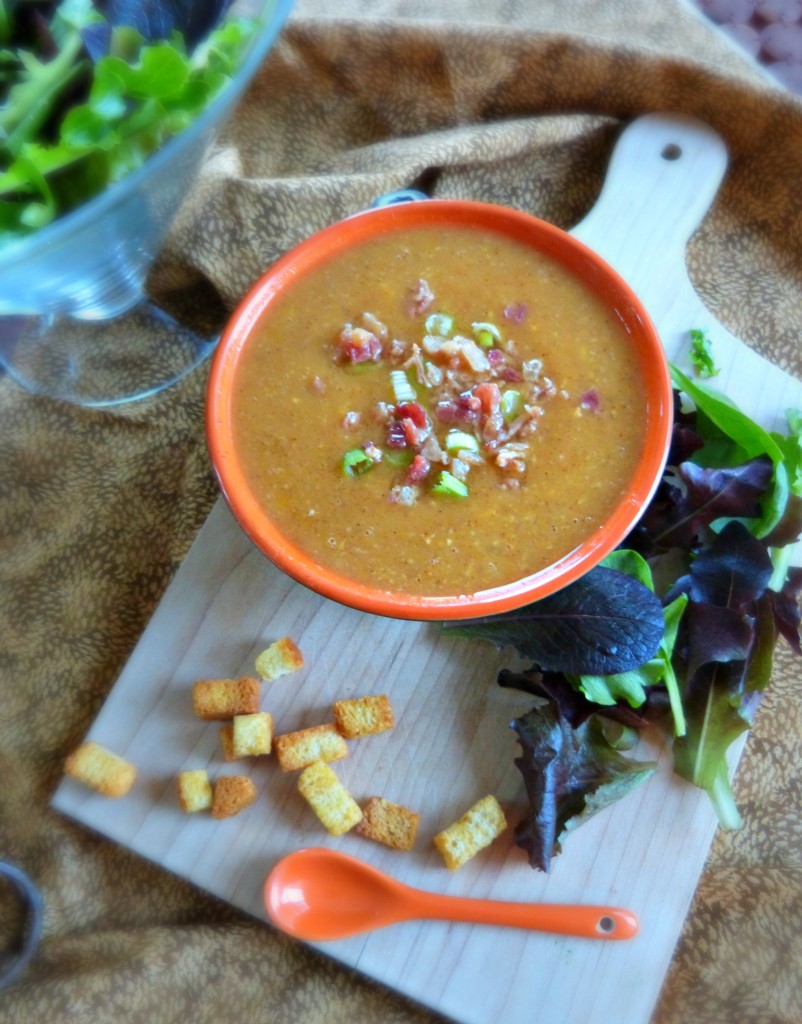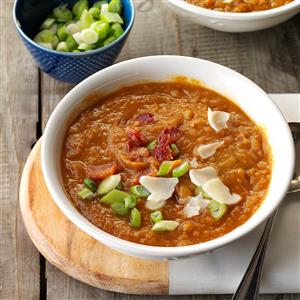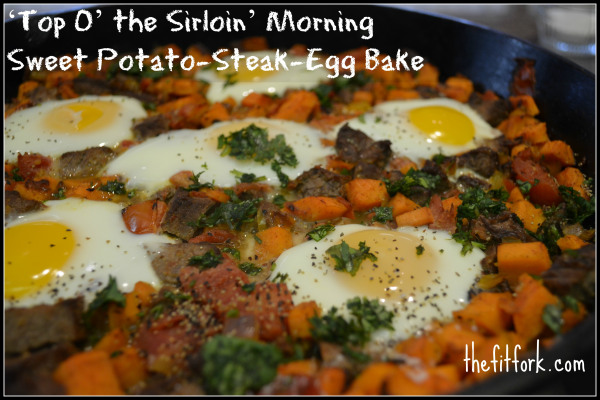What’s for lunch, Mom? Whether I’m making meals at home or packing them for school, this is one of the most pressing questions of the day from my three active boys aged 11, 14 and 16. They’re old enough now to make their own food choices and I am hoping and praying that my role modeling and introduction of healthy options over the years is finally paying off. It’s not realistic to think we’re going to eat clean day in and day out, but keeping the fridge and pantry stocked with nutritious options helps us get closer to that goal.
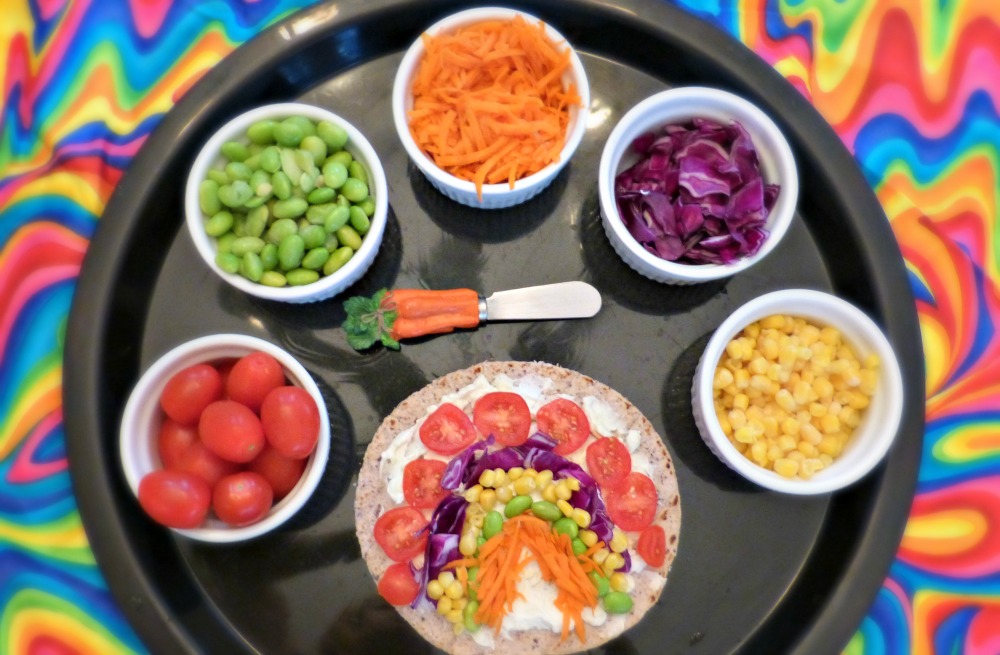
If I’ve prepped an assortment of fresh produce, one of their favorite lunches to make (and eat) are these vibrant Rainbow Veggie Wraps. A whole-grain tortilla and lower-fat cheese serves as the backdrop for a spectrum of colorful vegetables – and, the pot of gold at the end of the rainbow wrap is the satisfaction of watching these once-picky veggie protesters elbow each other out of the way for seconds. The kids like to eat these along with hard-boiled eggs for a protein boost. I might sneak in some Quinoa-Almond-Oat Chocolate Chip Cookies for a treat.
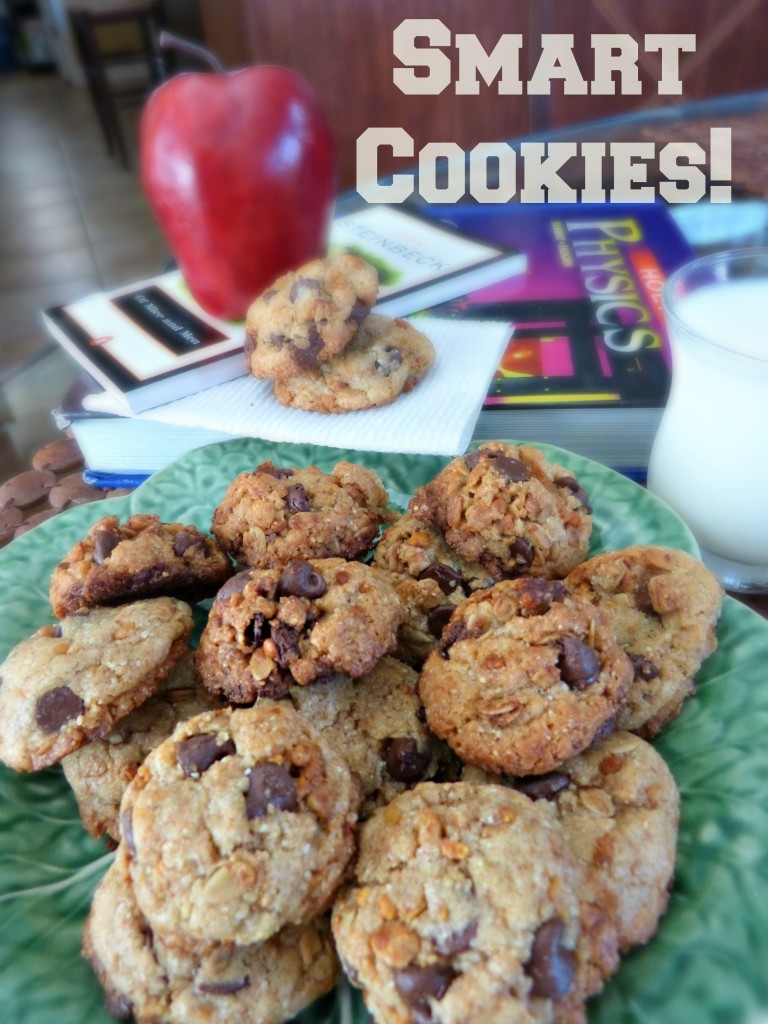
I blogged about this Rainbow Veggie Wrap recipe at the Litehouse Food’s blog, Living Litehouse, in honor of National School Lunch Week. School lunches are only as healthy as the food actually eaten – meaning, there is absolutely NO nutritional value in healthy food that is placed on a tray or packed in a lunch box if it is thrown away!

photo credit: New York Times
New government mandates regarding school lunches, albeit well-intentioned, are missing the mark in some cafeterias. Yes, reducing sodium and fats while increasing consumption of whole grains, fruits and veggies is a good thing. But, if it is presented in a way that is unappealing to a kid or caters to more mature taste buds, it’s just not going to be touched with a 10-foot pole. And, that’s a scary fact considering these same mandates also place limits on the maximum allowable calories in school lunches – elementary (650 calories), middle (700) and high school (850). I’m not sure how my still growing, over 6-foot tall, 16 year old son who runs cross country in the morning would make it through class dismissal at 4pm without major stomach grumblings. I hope he’s not throwing any of his lunch away. Does one size meal really fit all? Do I really have to send him with additional money to hit the snack bar . . . . for junk that’s allowable because it’s not tallied into the federal reimbursement record? Sometimes all he wants is just an extra carton of milk.
But, definitely not all school cafeterias are blindly and blandly following the new federal mandates. Thanks to a new friend at School Meals That Rock, my eyes have been opened to districts that are very progressive when it comes to feeding our kids. From organic gardens that bear the proverbial fruit in many ways (hands-on learning, active engagement with the meal being served, and the obvious healthy fuel) to farm-to-fork initiatives and practical “build your own” salad bars, there are plenty of good things happening in school nutrition.
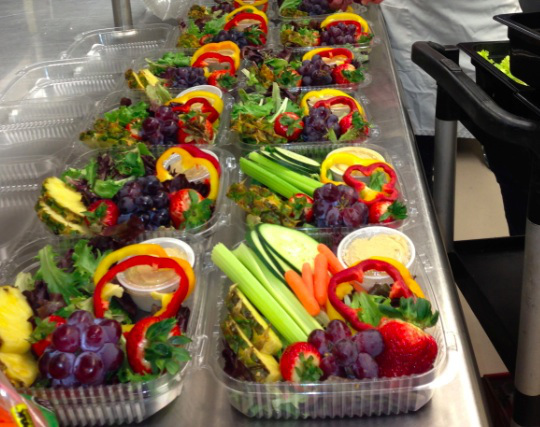
I’d totally eat this hummus grab-and-go salad!
Obviously, school nutrition is a complicated issue and there is no one perfect solution. However, it certainly deserves my attention considering that approximately one in three American kids or teens is overweight or obese (nearly triple the rate in 1963) and increasing numbers of children are relying on free or reduced priced meals for their main sustenance of the day. As a mother, who is blessed with the resources to do so, I’m going to keep on stocking up with healthy foods for packing lunches from home, keep my kids involved in and educated about what goes into their lunches so there’s a higher chance that they’ll actually eat it. And, when it’s Taco Day or Pizza Day (on a whole grain crust, natch) at school, I’ll let them partake should they choose. My district is doing a pretty good job, but I’d be happy to share my ideas – nudge, nudge, wink, wink!
Don’t forget to visit Living Litehouse for the Rainbow Veggie Wrap Recipe!

 I explain all this in more detail and share five portable protein-packed snacks in the March 2014 Issue of Austin Fit Magazine — pick it up on stands here in Austin or read it online. As a preview, I’ll share one of these pumped-up protein snack that your mouth and your muscles will love.
I explain all this in more detail and share five portable protein-packed snacks in the March 2014 Issue of Austin Fit Magazine — pick it up on stands here in Austin or read it online. As a preview, I’ll share one of these pumped-up protein snack that your mouth and your muscles will love.

